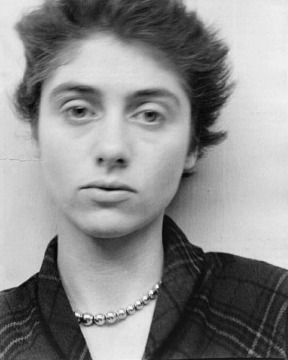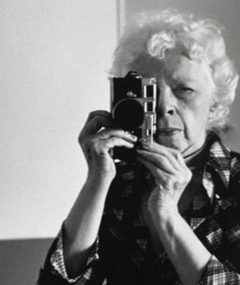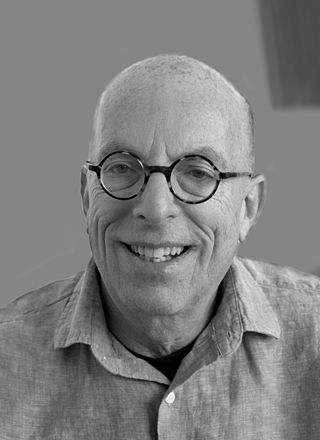
Diane Arbus was an American photographer. She photographed a wide range of subjects including strippers, carnival performers, nudists, people with dwarfism, children, mothers, couples, elderly people, and middle-class families. She photographed her subjects in familiar settings: their homes, on the street, in the workplace, in the park. "She is noted for expanding notions of acceptable subject matter and violates canons of the appropriate distance between photographer and subject. By befriending, not objectifying her subjects, she was able to capture in her work a rare psychological intensity." In his 2003 New York Times Magazine article, "Arbus Reconsidered", Arthur Lubow states, "She was fascinated by people who were visibly creating their own identities—cross-dressers, nudists, sideshow performers, tattooed men, the nouveaux riches, the movie-star fans—and by those who were trapped in a uniform that no longer provided any security or comfort." Michael Kimmelman writes in his review of the exhibition Diane Arbus Revelations, that her work "transformed the art of photography ". Arbus's imagery helped to normalize marginalized groups and highlight the importance of proper representation of all people.

Ingeborg Hermine Morath was an Austrian photographer. In 1953, she joined the Magnum Photos Agency, founded by top photographers in Paris, and became a full photographer with the agency in 1955. Morath was the third wife of Pulitzer Prize-winning playwright Arthur Miller; their daughter is screenwriter/director Rebecca Miller.

The Smithsonian American Art Museum is a museum in Washington, D.C., part of the Smithsonian Institution. Together with its branch museum, the Renwick Gallery, SAAM holds one of the world's largest and most inclusive collections of art, from the colonial period to the present, made in the United States. More than 7,000 artists are represented in the museum's collection. Most exhibitions are held in the museum's main building, the Old Patent Office Building, while craft-focused exhibitions are shown in the Renwick Gallery.
Frank Gohlke is an American landscape photographer. He has been awarded two Guggenheim fellowships, two fellowships from the National Endowment for the Arts, and a Fulbright Scholar Grant. His work is included in numerous permanent collections, including those of Museum of Modern Art, New York; the Metropolitan Museum of Art; and the Art Institute of Chicago.

The Santa Barbara Museum of Art (SBMA) is an art museum located in downtown Santa Barbara, California.
The term vernacular photography is used in several related senses. Each is in one way or another meant to contrast with received notions of fine-art photography. Vernacular photography is also distinct from both found photography and amateur photography. The term originated among academics and curators, but has moved into wider usage.

Lisette Model was an Austrian-born American photographer primarily known for the frank humanism of her street photography.
Norio Kobayashi is a Japanese photographer.
Toshio Yamane is a Japanese photographer known for his depictions of the juxtaposition of man-made structures on natural topography.

Trevor Paglen is an American artist, geographer, and author whose work tackles mass surveillance and data collection.

Anne Wilkes Tucker is an American retired museum curator of photographic works. She retired in June 2015.
Stephen DiRado is an American photographer. His work is mostly black-and-white, and he makes frequent use of large-format cameras. He is most noted for his portraiture, night-astronomical photography, and semi-composed group photography, and for the extensive length of his projects.

Marvin Heiferman is an American curator and writer, who originates projects about the impact of photographic images on art, visual culture, and science for museums, art galleries, publishers and corporations.
New Documents was an influential documentary photography exhibition at Museum of Modern Art, New York, in 1967, curated by John Szarkowski. It presented photographs by Diane Arbus, Lee Friedlander and Garry Winogrand and is said to have "represented a shift in emphasis" and "identified a new direction in photography: pictures that seemed to have a casual, snapshot-like look and subject matter so apparently ordinary that it was hard to categorize".
Philip Trager is an American art photographer, known principally for his photographs of architecture and of modern dance. As of 2015, 11 monographs of his photography have been published by houses such as New York Graphic Society; Little, Brown; Wesleyan University Press; and Steidl.
Sandra S. "Sandy" Phillips is an American writer, and curator working in the field of photography. She is the Curator Emeritus of Photography at the San Francisco Museum of Modern Art. She joined the museum as curator of photography in 1987 and was promoted to senior curator of photography in 1999 in acknowledgement of her considerable contributions to SFMOMA. A photographic historian and former curator at the Vassar College Art Gallery in Poughkeepsie, N.Y., Phillips succeeded Van Deren Coke as head of one of the country’s most active departments of photography. Phillips stepped down from her full time position in 2016.
Deborah Bright is a 20th-century American photographer and artist, writer, and educator. She is particularly noted for her imagery and scholarship on queer desire and politics, as well as on the ideologies of American landscape photography. Her work is in the collections of the Smithsonian American Art Museum, the Fogg Art Museum, and the Whitney Museum of American Art. Bright's photographic projects have been exhibited internationally.
Tibor Várnagy is known as a Hungarian fine artist, gallery director, curator and critic.
Maia-Mari Sutnik, was the first Curator of the Curatorial Department of Photography at the Art Gallery of Ontario in Toronto.
Sophie Hackett is the Curator of Photography at the Art Gallery of Ontario, Toronto.














